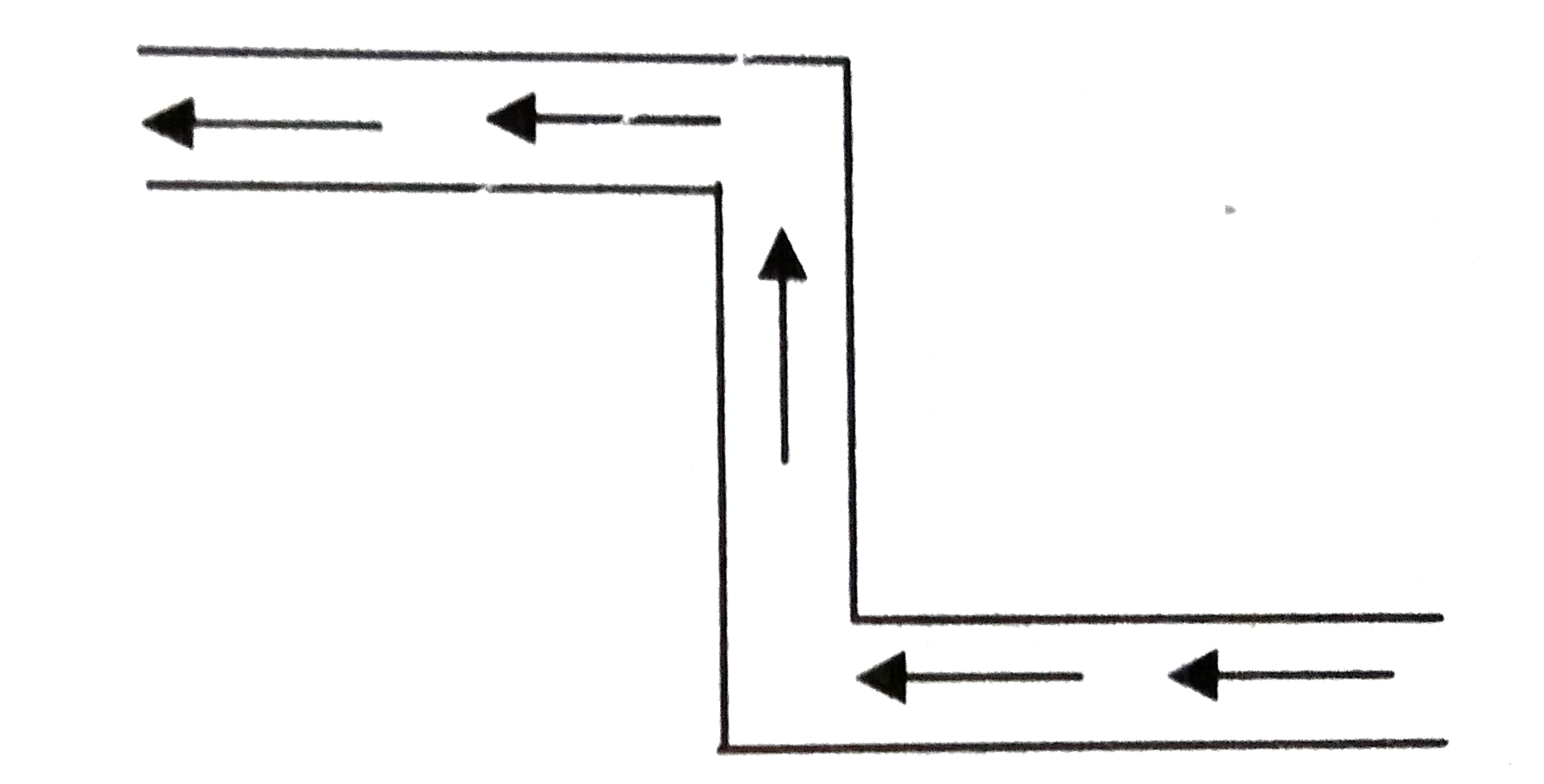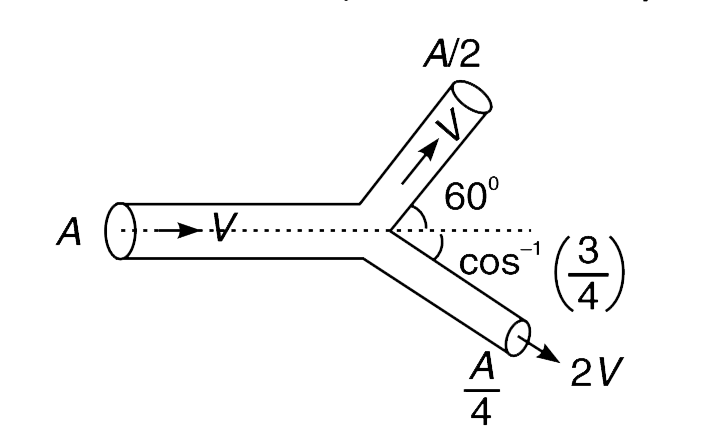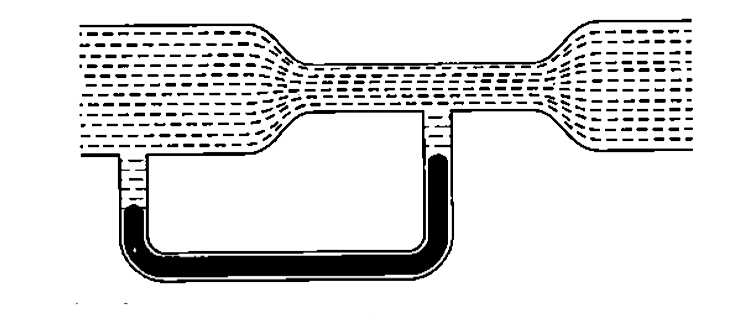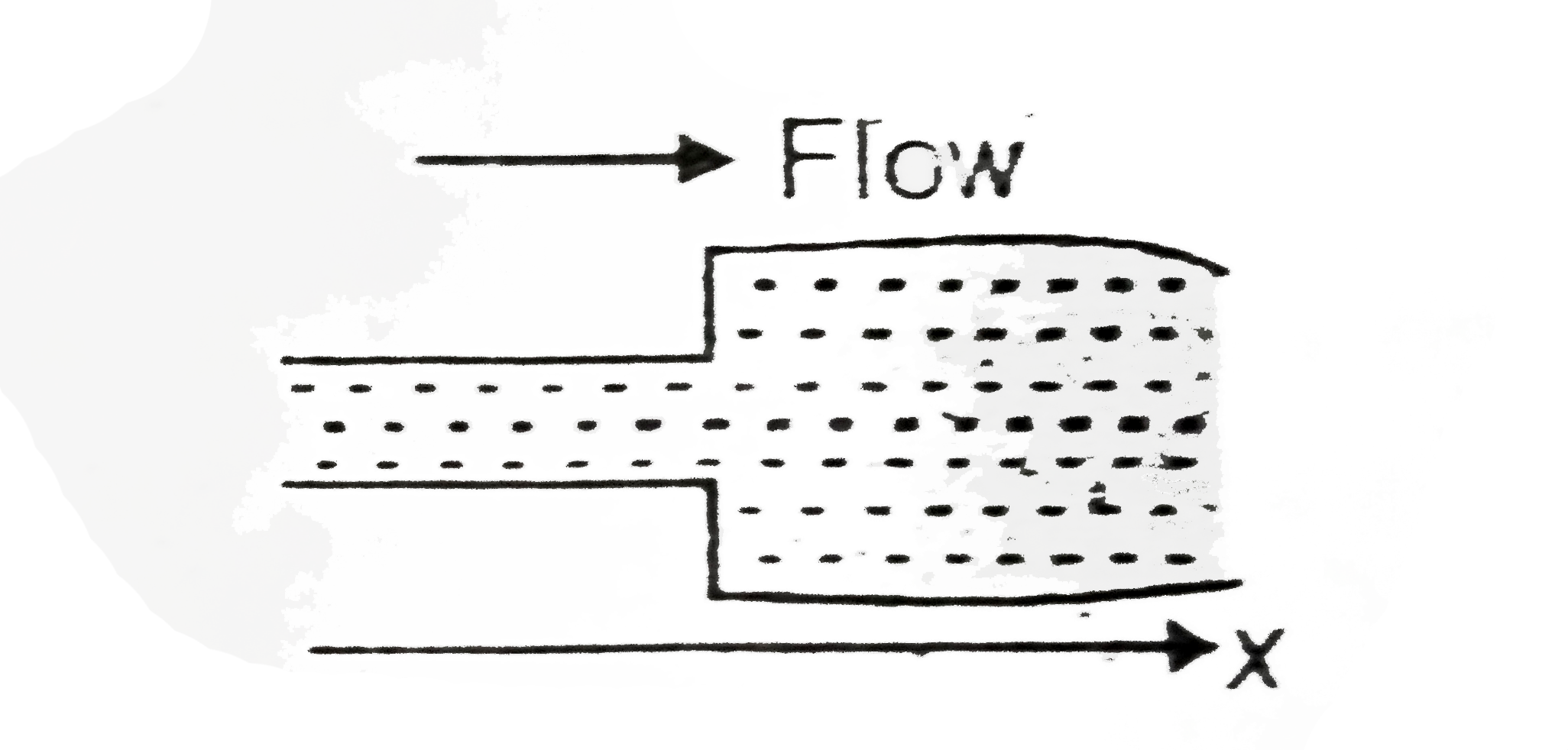The figure bwlow indicates flow of water through a tube of uniform cross-section with a constant speed in the direction as shown by the arrows. On the tube, water exerts
 Solution in Marathi
Solution in Marathi
a net force to the left.
a net force to the right.
an anticllockwise torque.
a clockwise torque.
The correct Answer is:D
Step by step video & image solution for The figure bwlow indicates flow of water through a tube of uniform cross-section with a constant speed in the direction as shown by the arrows. On the tube, water exerts by Physics experts to help you in doubts & scoring excellent marks in Class 11 exams.
Updated on:21/07/2023Topper's Solved these Questions
- FRICTION IS SOLIDS AND LIQUIDS BOOK - TARGET PUBLICATIONCHAPTER - FRICTION IS SOLIDS AND LIQUIDS EXERCISE - MCQ (COMPETITIVE THINKING)
98 Videos
- FORCE BOOK - TARGET PUBLICATIONCHAPTER - FORCE EXERCISE - Evaluation Test
18 Videos
- GravitationBOOK - TARGET PUBLICATIONCHAPTER - GravitationEXERCISE - Exercise
273 Videos
Similar Questions
Which one of the following is NOT used to reduce friction ?
View SolutionA hammer og mass M falls from height h to drive a pile of mass m into the ground. The hammer makes the pile pentrate in the ground to a distance d, opposition force of penetration is given by -
View SolutionWhich of the following is NOT the characteristic of gravitational force ?
View SolutionWater flows through the tube shown in figure. The areas of cross section of the wide and the narrow portions of the tube are 5cm2and2cm2 respectively. The rate of flow of water through the tube is 500cm3s−1 . Find the difference of mercury levels in the U-tube.

View SolutionWater is flowing through a horizontal tube of non-uniform cross-section. At a place, the radius of the tube is 1.0cm and the velocity of water is 2m/s. What will be the velocity of water where the radius of the pipe is 2.0cm?
View SolutionThe tube shown in figure is of unifrom corss-section. Liquid flows through it at a constant speed in the direction shown by arrows. Then the liquid exerts on the tube is:
View Solution_S01_083_Q01.png)
Water (density ρ) is flowing through the uniform tube of cross-sectional area A with a constant speed v as shown in the figure. Find the magnitude of force exerted by the water on the curved corner of the tube is (neglect viscous forces)
View SolutionWater flows through a tube assembly as shown in the fig. Speed of flow (marked as Vand2V), cross sectional area (A, A/2 and A/4) and the angles between segments has been shown in fig. Calculate the force applied by the water flow on the tube. Take density of water to be ρ.

View SolutionWater flows through the tubes shown in figure. The areas of cross-section of the wide and the narrow portions of the tube are 5cm2 and 2cm2 respectively. The rate of flow of water through the tube is 500cm3/s. Find the difference of mercury levels in the U-tube.

View SolutionWater flows through a frictionless tube with a varying cross-section as shown

The variation of Pressure P as the fluid move through the pipe is correctly shown in
View SolutionThe figure bwlow indicates flow of water through a tube of uniform cross-section with a constant speed in the direction as shown by the arrows. On the tube, water exerts
View SolutionThrough a horizontal tube of non-uniform cross section water is flowing a uniform rate. Pressure of water at any point in the tube is 13×104N.m−2 and velocity of water flow is 0.6 m. s−1. If the velocity of water flow at another point in the tube is 9 m. s−1, then what is the pressure there?
View SolutionWater flows through the tube shown in figure. The areas of cross section of the wide and the narrow portions of the tube are 5cm2and2cm2 respectively. The rate of flow of water through the tube is 500cm3s−1 . Find the difference of mercury levels in the U-tube.

View SolutionThe tube shown in of uniform cross-section. Liquid lows through it at a constant speed in the direction shown by the arrows. The liquid exerts on the tube
View SolutionThe tube shown in of uniform cross section. Liquid lows through it at a constnat speed in te direction shown by the arrows. The liquid exerts on the tube.

View Solution
